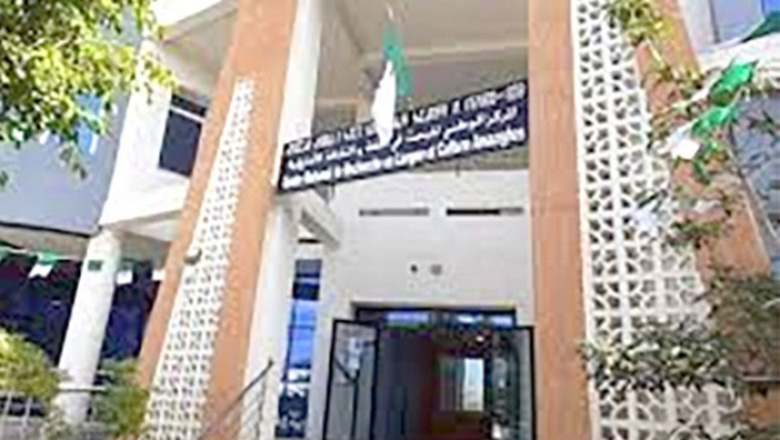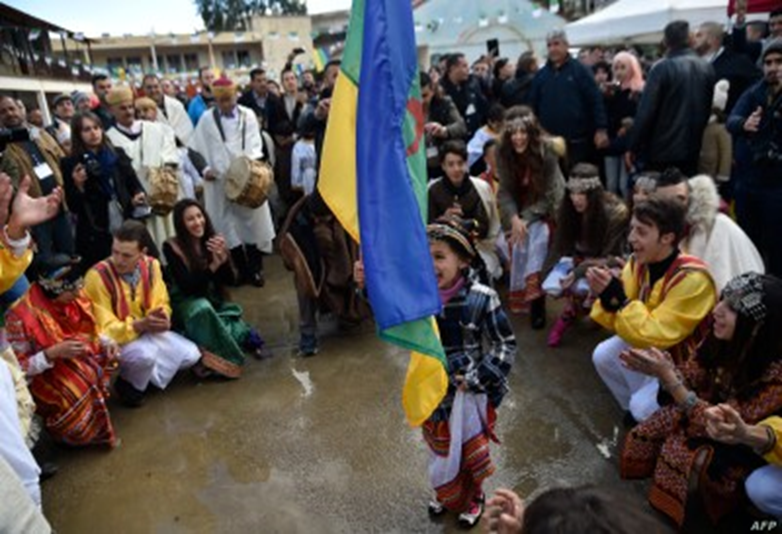An invitation to write a collective book on “Nair Ritual”

The Department of Amazigh Literature, Art, and Heritage, affiliated with the Center for Research in Amazigh Language and Culture, called for the writing of an international collective book on “ Nair rituals between authenticity of identity and cultural reference , ” according to the preamble presented, which suggests some ideas that this collective book should address.
According to the preamble, what distinguishes man and gives him existential specificity is the ability he possesses to reason things, to create symbols and a network of meanings; Living with symbols and employing them is a human activity with excellence, through which a person lives, feminizes his existence, builds his material and moral world, and establishes the system of things and relationships between himself and other people. Thus, these symbols and meanings constitute the popular culture that every nation produces, in which it sees itself, recalls its past, and proves The authenticity of its existence and the depth of its contribution to global heritage; Every nation has an oral history, which tells its glories and heroism in a way that gives meaning to its collective life, and what is historical and realistic is combined with what is metaphysical in one form, which myths alone can tell with complete confidence. It does not need arguments and proofs; It expresses the spirit of the people, their entity, and their deep history.

The bonfire is the last day for sowing and plowing for farmers. This day also bears witness to all the religious and cultural transformations that the region has experienced after plowing, sowing, and blessing the agricultural season. Through the diversity of its rituals and ceremonial manifestations from one region to another; This season indicates the richness of the North African region, and its ability to be a cultural and identity reservoir for the peoples of the region of one origin and one cultural commonality. You find it being celebrated in different regions, in different ways and rituals, which have changed over time and include a huge number of festive aspects that indicate the religious and cultural diversity of the space.
The customs and beliefs of the Nair are considered an extension of the ancient Amazigh culture, in addition to the various civilizations and beliefs that passed through the region, especially since the Nair celebration is a celebration that relies on popular memory and oral history, and it belongs to the category of popular culture, and therefore the Nair can be considered part of the Amazigh heritage. It is an essential component of the Algerian national identity, especially since it was included as a national holiday through a presidential decree, making January 12 an official national holiday, and here that celebration became an expression of the Algerian identity in general, and its Amazigh cultural depth.
Hence the problem of this collective book : “ To what extent does the authenticity of the January reflect the identity dimension? ” , “ How did the rituals and ceremonial practices of the Nair become a cultural reference for the North African region? ” , and “ Why are the rituals and beliefs of the Nair still present in their cultural, social, and religious dimensions despite all the transformations? ” Full of heroics and achievements that express identity. The cultural accumulations that the North African region has known since the dawn of history, through the civilizations that succeeded the region and blended with the Amazigh civilization, were a source and reference for the peoples of the region in building their religious beliefs, folkloric rituals, and celebrations that became, with the passage of time, Seasons are held every year as an expression of the richness of the region and the diversity of its cultural references.

Among these cultural celebrations we find the Amazigh New Year celebration or the Nair ritual, which is considered the most widespread, attended and celebrated of the Amazigh holidays and customs throughout Greater Tamazgha, and Algeria in particular, and is closely linked to the identity of the indigenous people of the region. " Nair " expresses the cultural heritage and identity dimension of the region.
Source : websites

